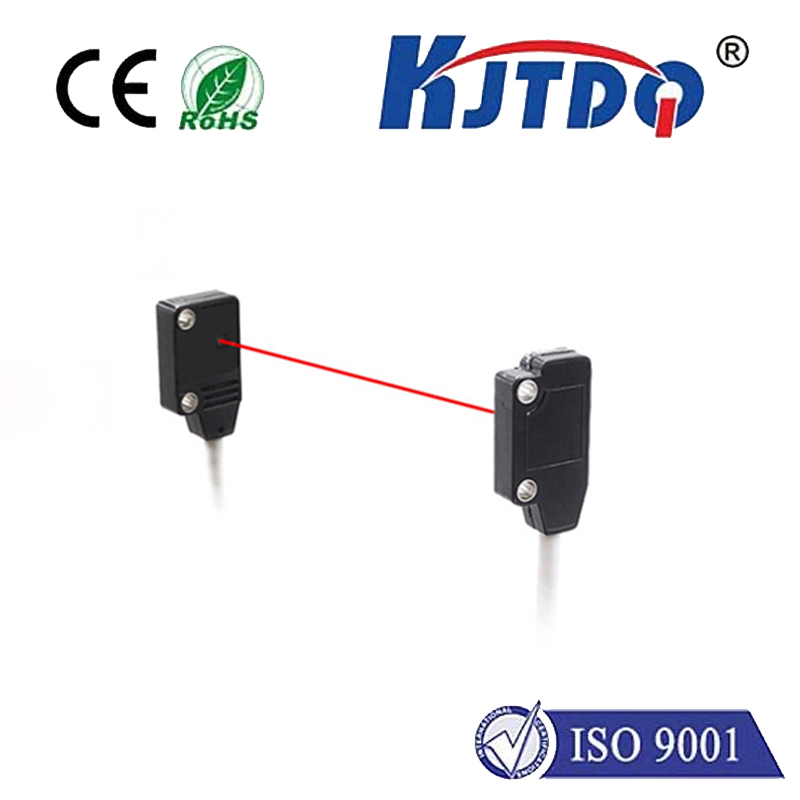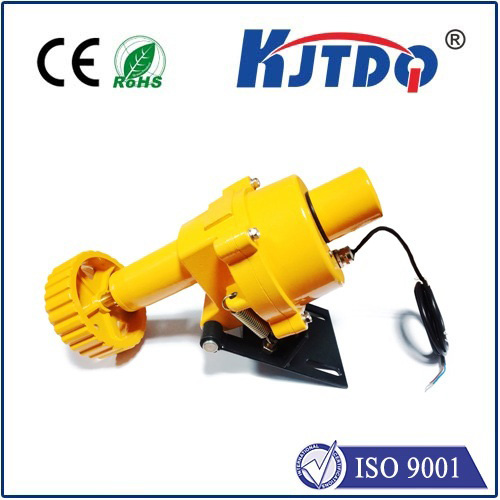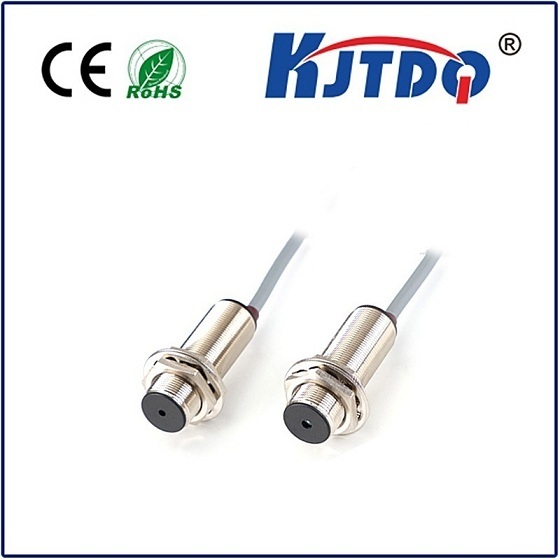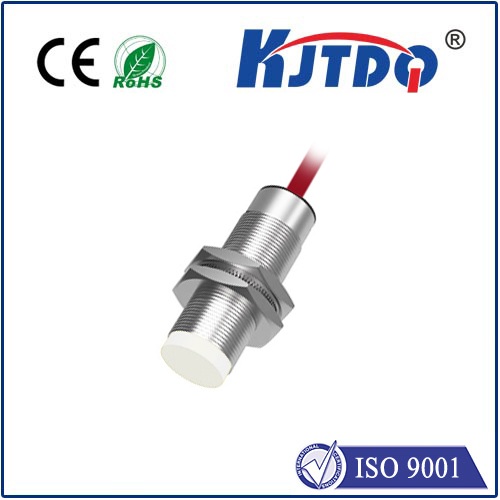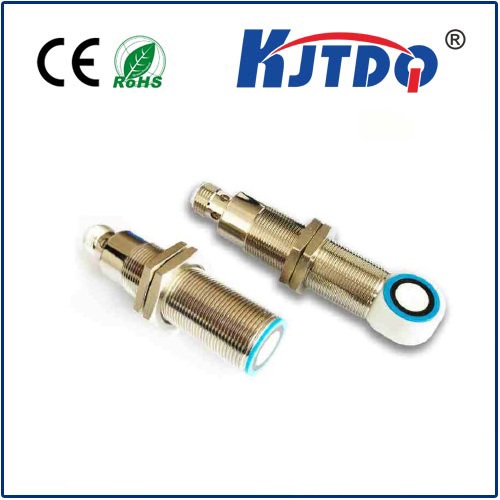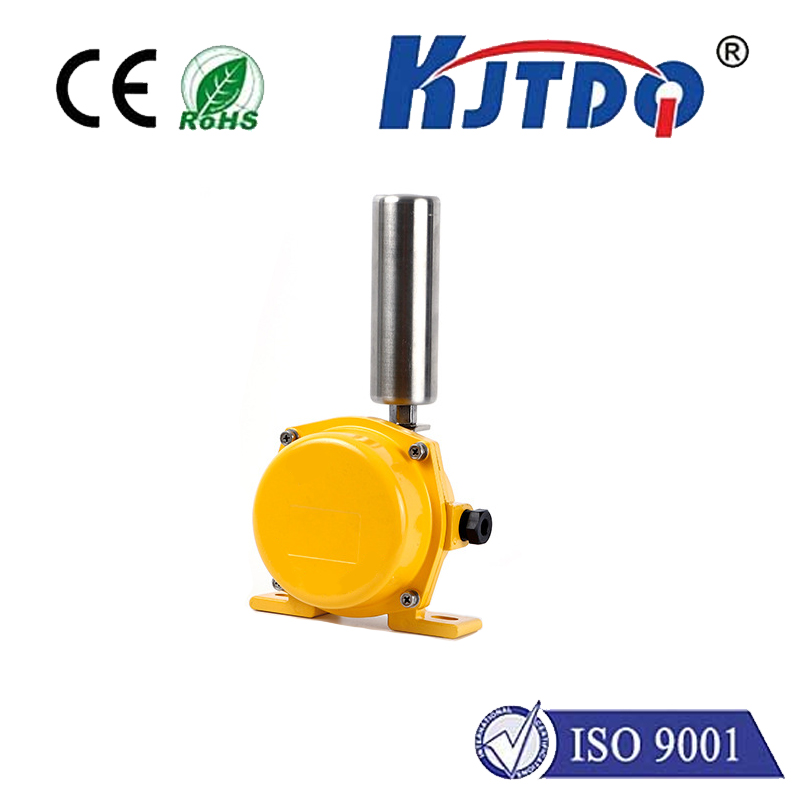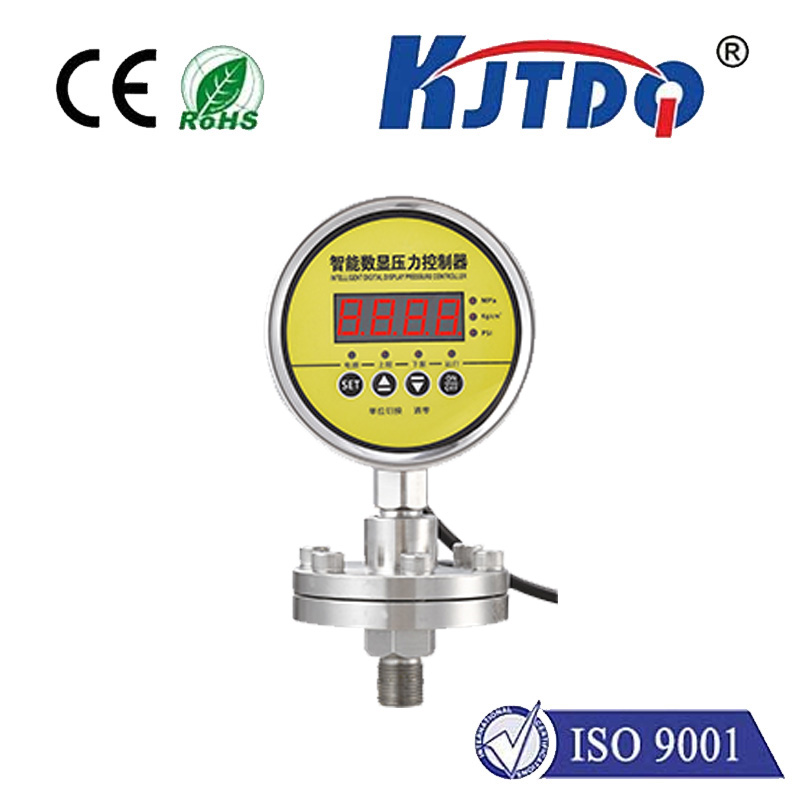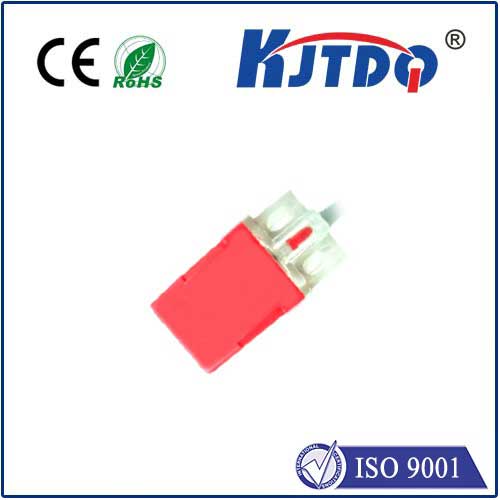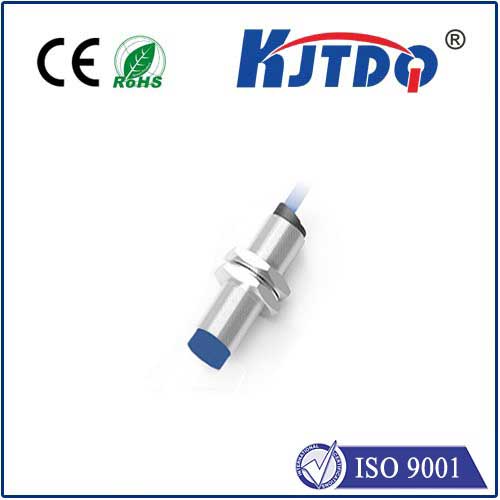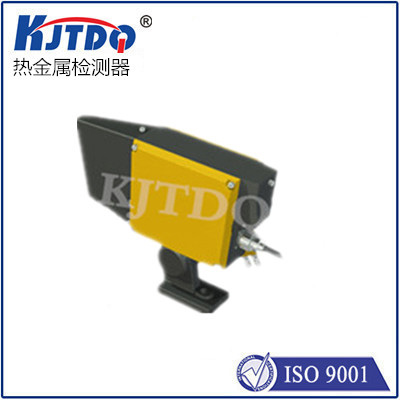az 7121 limit switch
- time:2025-08-04 12:04:42
- Click:0
AZ 7121 Limit Switch: Your Ultimate Guide to Precision Control & Reliability
In the intricate dance of industrial automation and machinery, where precision and safety are paramount, a single misstep can cascade into costly downtime or even hazardous conditions. Safeguarding against such failures are often unsung heroes: limit switches. Among these reliable sentinels, the AZ 7121 limit switch stands out as a trusted solution for countless applications demanding rugged performance and dependable position sensing. This guide delves deep into the AZ 7121, exploring its features, critical applications, and the undeniable benefits it offers engineers and maintenance professionals seeking operational excellence.
Understanding the Core: What is a Limit Switch?
At its essence, a mechanical limit switch is an electromechanical device designed to detect the presence or absence of an object or to monitor its movement within a defined range. It typically features an actuator arm or lever that, when physically moved by the target object (like a machine part, door, or pallet), triggers an internal electrical contact. This action either opens or closes an electrical circuit, sending a clear signal to the control system – a programmable logic controller (PLC), motor drive, or relay circuit. This signal acts as a fundamental input, telling the system things like: “The gate has fully closed,” “The elevator car has reached the top floor,” “The safety guard is properly latched,” or “The machine slide has returned to its home position.” This position feedback is indispensable for automation sequencing, safety interlocks, and travel limiting.
Why the AZ 7121 Stands Out: Key Features and Specifications

While the basic principle remains consistent, the AZ 7121 limit switch distinguishes itself through features engineered for demanding industrial settings:
- Robust Construction: Engineered for longevity, the AZ 7121 typically boasts a heavy-duty metal housing, often zinc die-cast or stainless steel variants. This provides exceptional resistance to physical impact, vibration, and harsh environmental elements.
- High Protection Rating: A crucial feature is its IP67 or IP66 ingress protection rating. This signifies an extremely high level of sealing against dust (total ingress prevention) and powerful water jets or temporary immersion. This makes the AZ 7121 suitable for challenging environments like washdown areas in food processing, outdoor machinery, or dusty manufacturing floors.
- Reliable Electrical Contacts: Equipped with snap-action, precision contacts (commonly SPDT - Single Pole, Double Throw configurations), the switch offers positive make/break operation. This ensures minimal contact bounce and reliable electrical signaling for consistent control feedback.
- Varied Actuator Options: Flexibility is key. The AZ 7121 is frequently available with a range of standard actuators, including:
- Roller Lever Arms: Ideal for applications requiring contact with moving parts at different angles.
- Plungers: Suitable for direct, straight-line actuation by machine components or cams.
- Rod Lever Arms: Common for vertical or horizontal travel sensing.
- This variety allows precise matching to the mechanical actuation requirement of the specific application.
- Wide Electrical Ratings: Designed to handle typical industrial control voltages and currents, the AZ 7121 commonly supports loads like 10-15A at 250VAC or 480VAC. Electrical compatibility with standard control systems is rarely an issue.
- Terminal Configurations: Options usually include robust screw terminals or quick-connect spade terminals for straightforward and secure wiring installation and maintenance.
Where the AZ 7121 Excels: Prime Applications
The ruggedness and reliability of the AZ 7121 limit switch make it a preferred choice across a diverse industrial landscape:
- Material Handling Systems: Found on conveyors, palletizers, stackers, and automated guided vehicles (AGVs) to detect end-of-travel positions, jam detection (over-travel), or pallet presence.
- Packaging Machinery: Used to confirm case closing, bottle presence/counting on filling lines, wrapper positioning, and safety door interlocks.
- Automotive Manufacturing: Applied in robotic work cells for verifying fixture clamping, part positioning in assembly jigs, and end-of-arm tooling confirmation.
- Elevator and Escalator Control: Critical for detecting car position at landings, verifying door closure fully before movement, and overspeed governor activation.
- Machine Tools (Mills, Lathes): Employed for axis travel limits (preventing overtravel crashes), turret indexing confirmation, chuck clamping verification, and coolant door interlocks.
- HVAC and Building Automation: Used on large damper controls, valve positioning, automatic door openers, and fan shutdown limits.
- Agricultural and Construction Equipment: Monitors positions on heavy machinery like boom arms, grain chutes, or excavator buckets due to its resilience to shock and vibration.
Tangible Benefits: The Value Proposition
Choosing the AZ 7121 limit switch translates into significant operational advantages:
- Enhanced Safety: By reliably confirming machine positions or guard states, it forms a vital part of safety interlock systems, protecting personnel from moving machinery hazards.
- Improved Productivity: Accurate position sensing ensures machines sequence correctly and cycle efficiently, minimizing jams and unexpected stops, leading to higher throughput.
- Reduced Downtime: The device’s robust build quality and high IP rating directly correlate with longer service life and fewer failures in tough conditions. This minimizes maintenance interventions and costly production halts.
- Operational Consistency: Dependable signal generation from its precision contacts ensures repeatable machine performance and process control.
- Cost-Effectiveness: While reliable, the AZ 7121 generally represents a cost-effective solution within the industrial switch market, offering excellent value through durability and performance.
Selecting the Right AZ 7121: A Quick Guide
With its various actuator options, it’s crucial to match the specific AZ 7121 variant to your application:
- Actuation Method: Analyze how the target object will physically contact the switch. Is it a direct push (Plunger), a sweeping motion (Roller Lever), or a specific angle (Rod Lever)? The correct actuator type ensures reliable tripping.
- Operating Force & Travel: Consider the force needed to actuate the switch and the distance the actuator needs to travel. Ensure these match the mechanics of your application.
- Electrical Requirements: Verify the voltage (AC/DC), current rating, and contact configuration (SPDT, etc.) align with your control circuit needs. Electrical compatibility is non-negotiable.
- Environmental Conditions: Assess the exposure to dust, moisture, chemicals, temperature extremes, and physical shock. The IP67/IP66 rating makes the AZ 7121 ideal for demanding spots, but confirming suitability is always wise. Consider stainless steel versions for corrosive environments.
- Mounting: Ensure the mounting holes and configuration are compatible with the intended location on your machine or equipment frame. Secure installation is vital for longevity.
Installation and Maintenance Best Practices
While the AZ 7121 is designed for durability, proper installation and periodic checks maximize its lifespan and reliability:
- Secure Mounting: Fix the switch rigidly using appropriate hardware to prevent vibration-induced movement or damage. Ensure the actuator arm can






